How Precision Optics are Driving Growth in the VR Industry
22nd May 2019
The sports optic market is set to be worth $2.1 billion by 2024, and is already worth $1.8 billion right now, according to market research report by MarketsandMarkets released this month.
Major growth drivers have been reported as enhanced fan engagement and experience, whilst superior performance specifications including sharpness, clarity, portability and magnification are supporting advancement too.
Interestingly, the superior performance specifications that are driving the growth of this market have been linked with optical components. So, let’s take a closer look at how optical components are used in one of the key sellers within the leisure and sports optics industry: augmented and virtual reality headsets, and how advances in optical technology have cemented the growing success of this market.
Augmented and virtual reality headsets and optics technology
According to IDC’s Worldwide Quarterly Augmented and Virtual Reality Headset Tracker, the combined VR and AR market grew 9.4 per cent year over year in quarter three of 2018, with worldwide shipments of VR headsets reaching 1.9 million units in that quarter alone.
AR and VR devices have to contend with the complex process of blending visual information from natural sources with computer generated information, and then project it into the wearer’s field of view without causing a distraction. It is therefore essential that there is no loss of quality in any of the visual information being delivered.
Optics technology has always been a driver of quality in the virtual experience field. The evolution of AR and VR headsets in many ways can be attributed to advances in the performance, physical attributes and availability of affordably priced optical components.
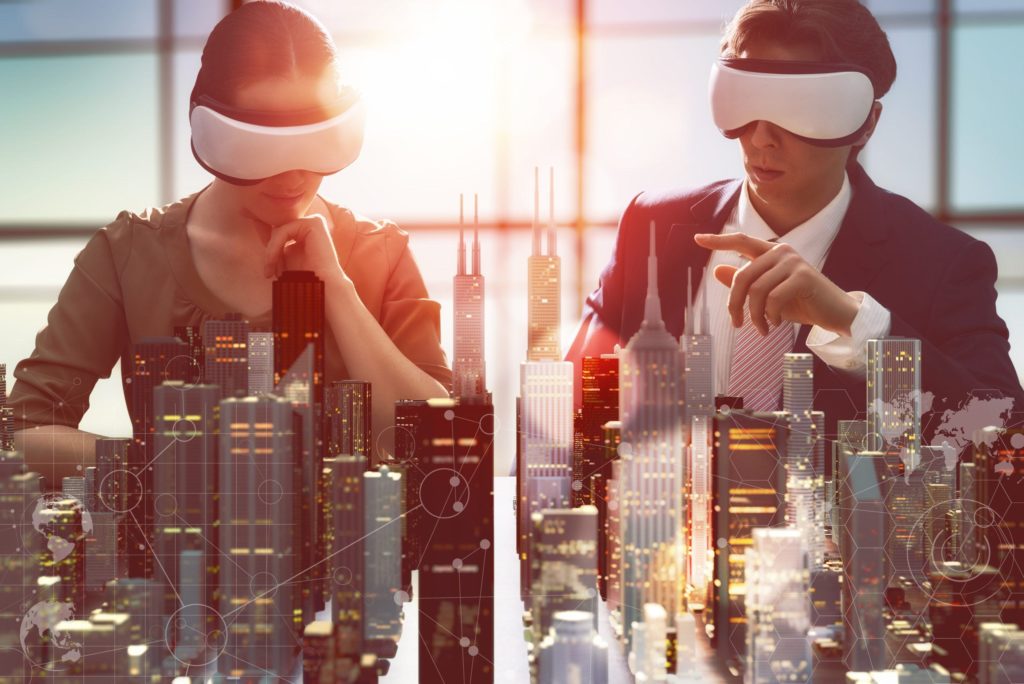
Key design considerations
The key elements that affect the headset user’s experience are freedom of head movement (eyebox), field of view and image quality, all of which should be as great as possible, and all of which are related to optical components.
The problem is that improving any of these characteristics can lead to increases in device size, weight, discomfort and cost. The good news is that today’s optical technology is opening up a realm of possibilities that are gradually making these trade-offs a thing of the past. Let’s take a look at the optical components that play a vital role in smart headsets.
Headset optics
There are various optical components that help to gather information and present it to the wearer of an AR or VR headset, all of which play a crucial role in delivering a quality experience.
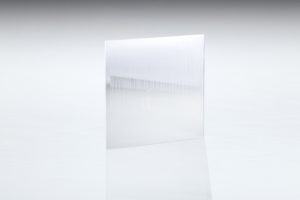
Prisms
Prisms bend and redirect light whilst beam splitters split light and send it in two directions at the same time. The reflected light is projected directly into the retina of the headset wearer. Fresnel prisms are the ideal alternative to bulky glass wedge prisms for imaging applications as they are lightweight and produce reasonable imaging quality.
Mirrors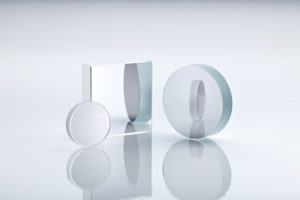
Mirrors redirect and focus light, transmitting it from one direction and reflecting from another. Light control is a high ranking factor in headset quality. For high demand imaging applications like AR and VR headsets, precision grade mirrors coated with the likes of enhanced aluminium will help to deliver the ultimate user experience.
Lenses
Lens selection is a crucially important but often overlooked factor in the design of smart headsets. The lenses play a vital role in helping the viewer focus on the displayed images at close distances. Consistency of focus will always be something of a challenge as the eyes are not restricted from turning within the headset.
Headset lenses are responsible for mapping the close-up display to a wide field of view, whilst delivering a point of focus at a comfortable distance.
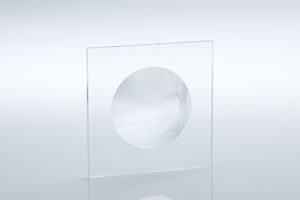
Fresnel lenses are very popular components of VR headsets. Because of the way they are made from concentric, interspaced steps with each acting as a refractive surface, they allow the wearer a greater range of view than a traditional lens.
A further benefit with Fresnel lenses is that they are lightweight and ultra-thin: key considerations when designing wearable devices of a comfortable size. Another benefit of this thin lens is that very little light is lost by absorption, so reducing distraction and enhancing the user experience again through light control.
Materials, coatings and customisations
The choice of substrate for any optical component within an AR or VR headset is of great importance.
High grade materials, paired with carefully selected surface coatings that precision control the amount of light reflection and transmission, have a huge impact on the capabilities and overall quality of the device, in particular its imaging capabilities.
It is also possible to custom shape and size optical components to suit device design specifics. This is one of the most powerful drivers when it comes to brand competitiveness.
Your partner in optical innovation
Innovation in the sports and leisure optics sector is ultimately being driven by optical technology. Meeting consumer demand for smaller, lighter and higher quality devices has to be the result of a close partnership between technology manufacturers and optics specialists.
The customisation of optical components in the design of augmented and virtual reality headsets is clearly of great importance. This is something we have specialised in here at Knight Optical for several decades.
As a globally respected optical component designer, manufacturer and consultant, we work closely with many leisure optics brands, sharing our in-depth knowledge of the latest in optical technology and helping to reduce and in some cases eliminate the trade-offs that have in the past been necessary to enhance device design.
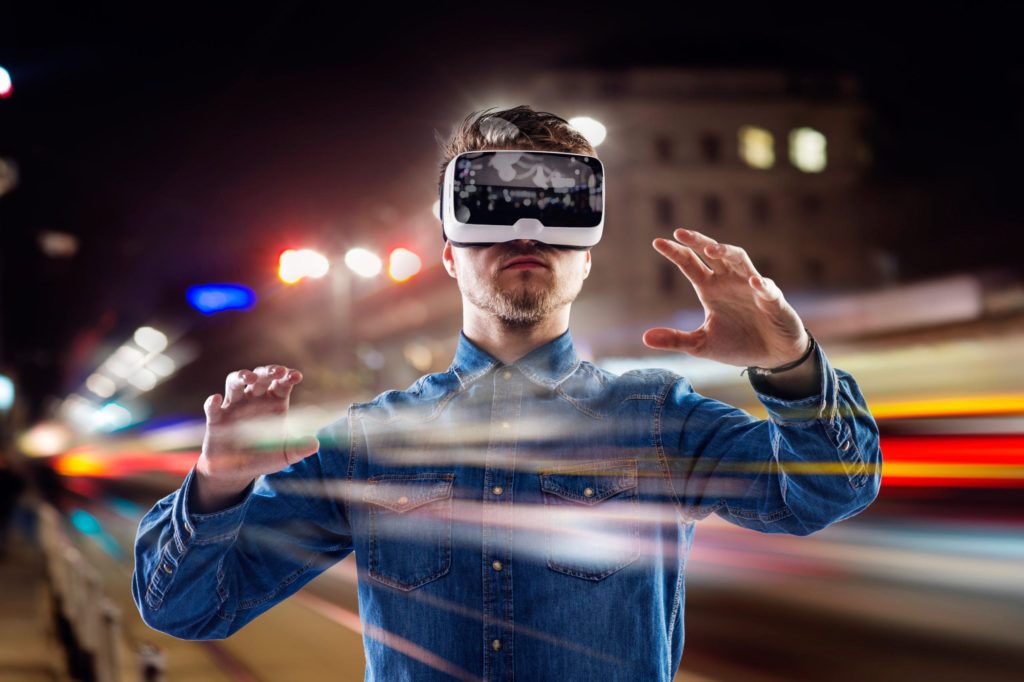
If you are seeking an optical partner to work with on your next development project, we would be delighted to hear from you. Please contact our multilingual sales team to discuss your requirements.